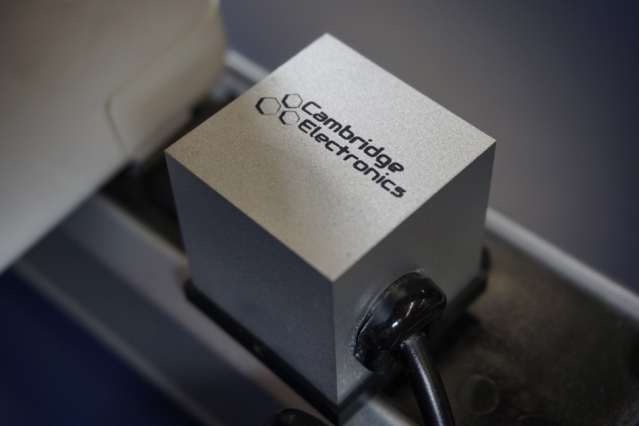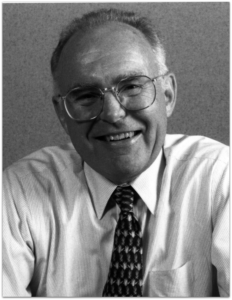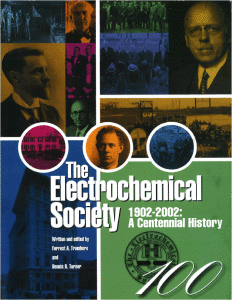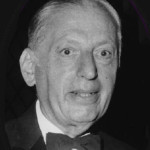The Electrochemical Society values professional and volunteer achievement in the multi-disciplinary sciences. The ECS awards reflect the professional recognition of peers. At meeting plenary sessions, participants from every symposia come together to recognize award winners—some of the greatest minds in the field—and learn about their latest research.
ECS Fellow David J. Lockwood received the Gordon E. Moore Award for Outstanding Achievement in Solid State Science and Technology at the plenary session of the 235th ECS Meeting. This award recognizes outstanding contributions to the fundamental understanding and technological applications of solid state materials, phenomena, and processes. Lockwood is a physicist and researcher emeritus at the National Research Council of Canada. His research centers on the optical properties of low-dimensional materials and focuses on Group IV and III-V semiconductor nanostructures. Lockwood presented “Silicon-Based Photonic Integrated Circuits: The Quest for Compatible Light Sources” at the 235th ECS Meeting Plenary Session. (more…)


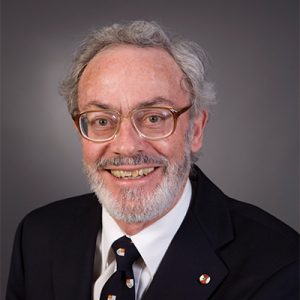
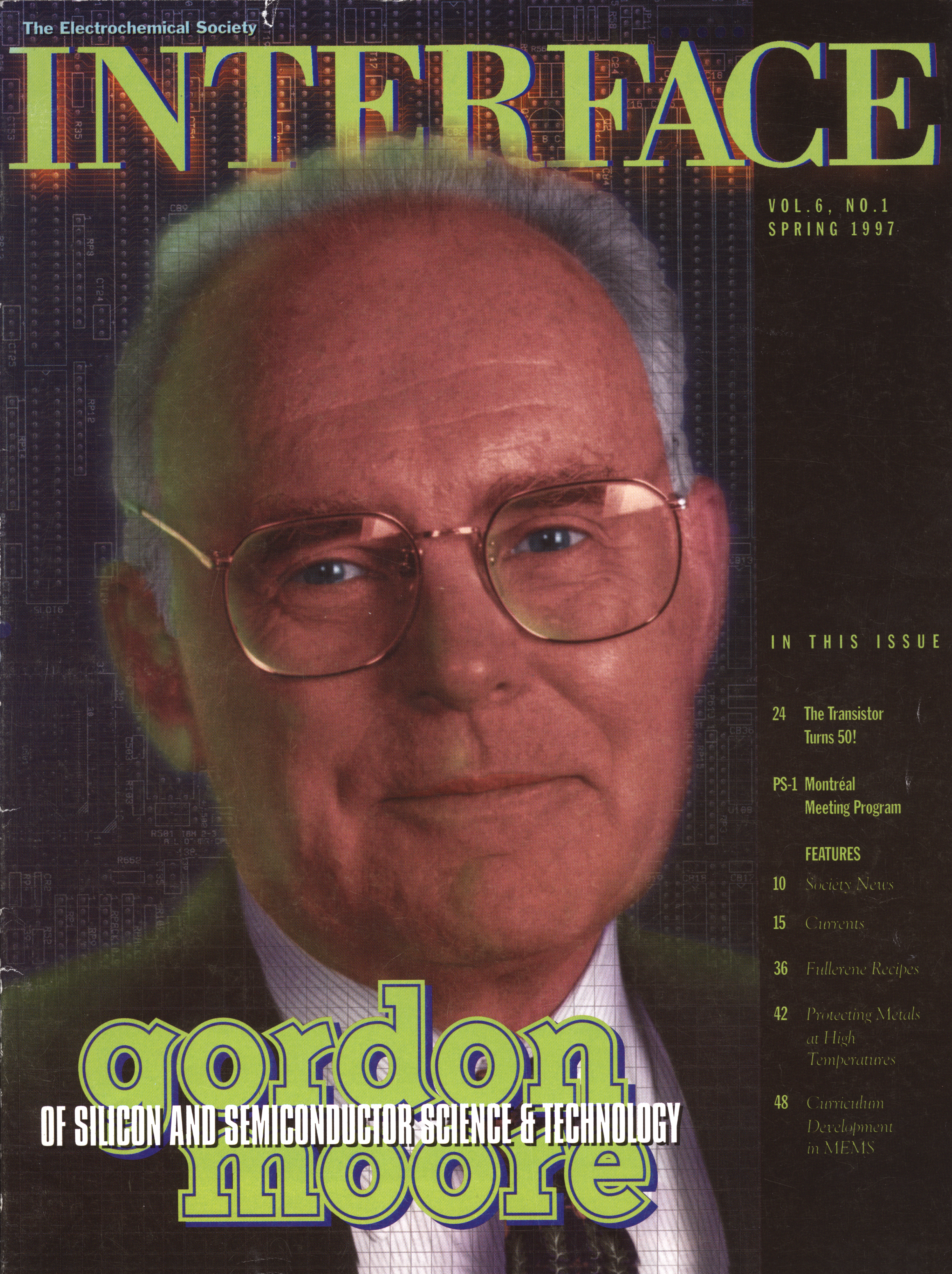 Nineteen sixty-eight marked a year of tragedy but also of transformation. It may be 50 years in our past, but what occurred that year is still very much alive with us today. Here are our top 5 reasons why the scientific advances of that year are super “groovy” in our book:
Nineteen sixty-eight marked a year of tragedy but also of transformation. It may be 50 years in our past, but what occurred that year is still very much alive with us today. Here are our top 5 reasons why the scientific advances of that year are super “groovy” in our book: